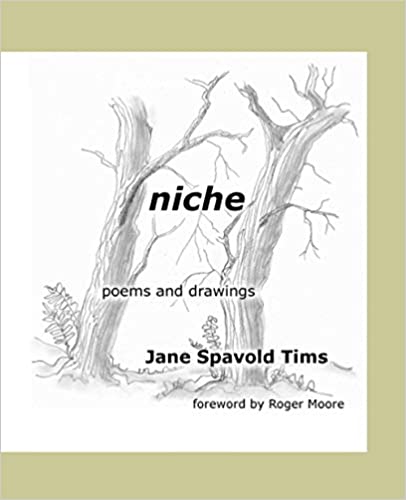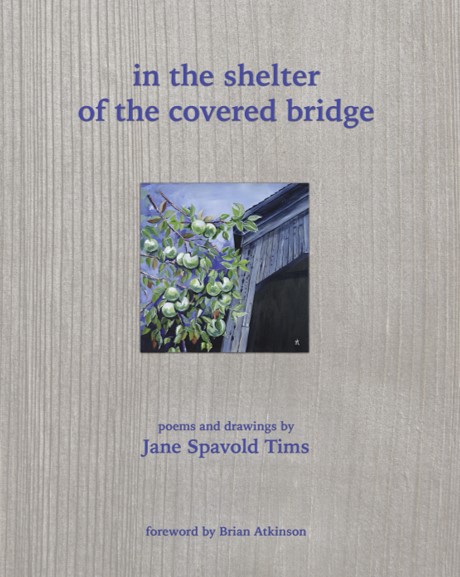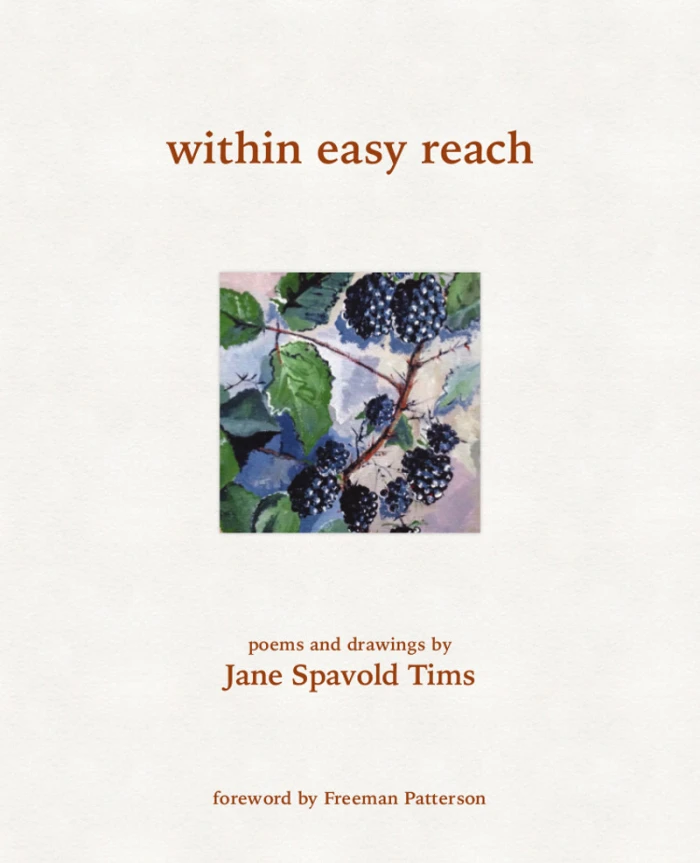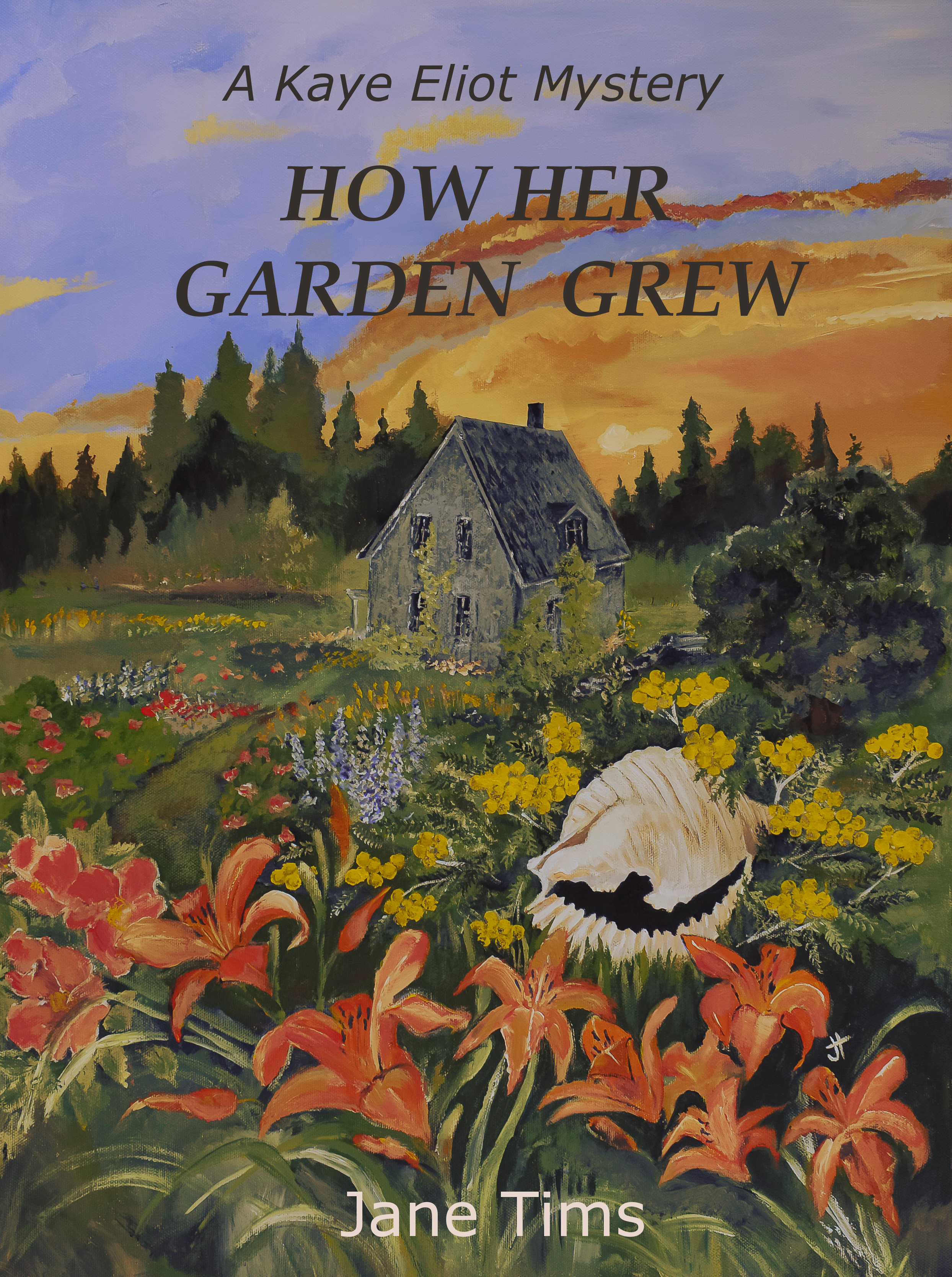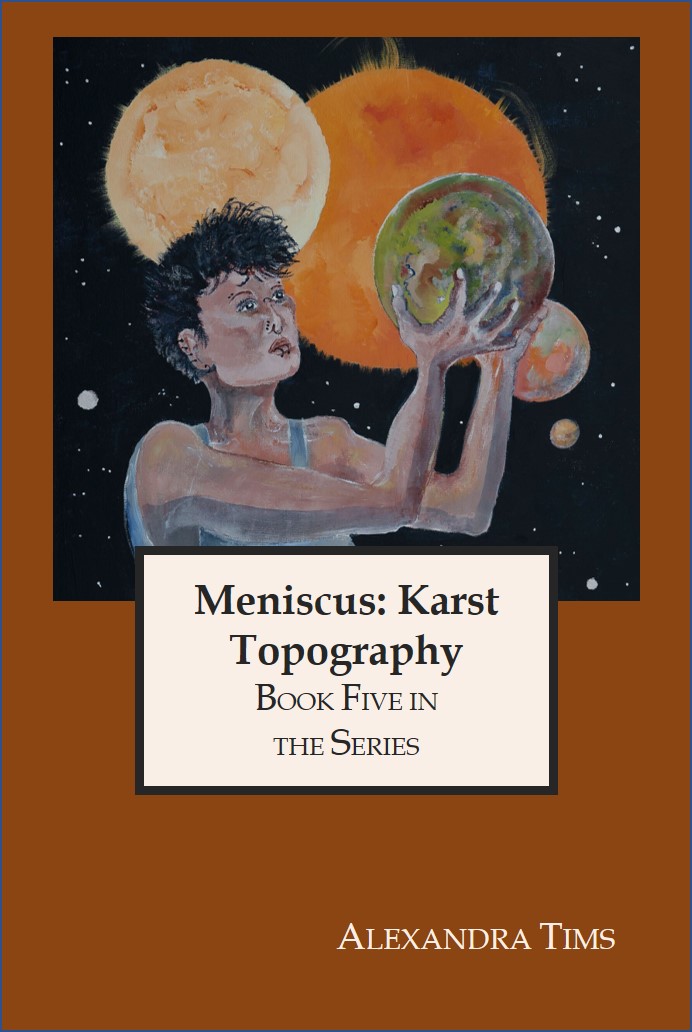Posts Tagged ‘bird song’
bird songs in the grey wood
Today I sat on the back deck and listened to the birds. I can’t stay for long because our robin who has returned for year three gets upset with me. The photo below was taken in 2018, but taking a new photo just gets the robin very agitated.
~

So, here is the list for today:
mourning doves – hooo hooo
northern parkland last – whirrrrr-zip!
robin – cheer cheer cheery weee
ovenbird – t-cheer, t- cheer, t-cheer
hairy woodpecker – pit, pit, pit … this fellow has been beating on the metal flashing of our roof daily. This morning he began at 5:30. Just before sun-up. I took the photo below in 2017.


All the best to you,
staying home and
in my two household bubble.
Jane
spring chorus – winter wren
This morning I added a new bird to our spring chorus singers – the winter wren.
~
It is the first I have heard of him this year. At 6:45, just after dawn, he began his amazing song. His tweets and runs and burbling sound so joyful and each song lasts about seven seconds, very long for any bird song. He may be a winter wren but to me he is always the ‘scribble bird’.
~
To hear the winter wren sing, click here .
~
He joins my growing list of morning singers:
- black and white warbler – ‘sweet, sweet, sweet, sweet, sweet’
- American robin – ‘cherry up cheery-eee’
- nuthatch – ‘yank, yank, yank, yank’
- phoebe – nasal ‘fee-bee’
- snipe – winnowing
- our neighbour’s rooster
~

I often include elements of the morning bird chorus in my poetry. This poem, written about the Salmon River Covered Bridge, is in my poetry book in the shelter of the covered bridge (Chapel Street Editions, 2017). To obtain a copy of the book, go to Chapel Street Editions or contact me through the comments.
~
The Salmon River Bridge, near Sussex, Kings County, was built across the Kennebecasis River in 1908. Today it is used as a rest area. In the absence of traffic, wild life occupies the bridge. Virginia creeper covers one corner of the roof and rose bushes crowd the edges of the road.
~
scribble
Salmon Bridge
Kennebecasis #7.5
~
The robin, chary. Her beak drips
with wet meadow grass and chickweed.
She clucks, longs to add another strand
to her nest in the rafters,
~
woven with the trill of a scribble bird,
a winter wren delirious. And downy
woodpeckers, wing-flare and scrabble,
flirt in the willows, weeping.
~
A warbler (yellow blur-bird)
and a red-wing, toweeeee.
Pink roses, meadowsweet
chip, chip, chip, so-wary-we
~
and beneath the bridge
in soft mud beside pulled grass
the bleary track of a black bear
claws and pads
~
~
Published, in the shelter of the covered bridge, Chapel Street Editions, 2017
~
~
All my best,
Jane
scribble bird
~
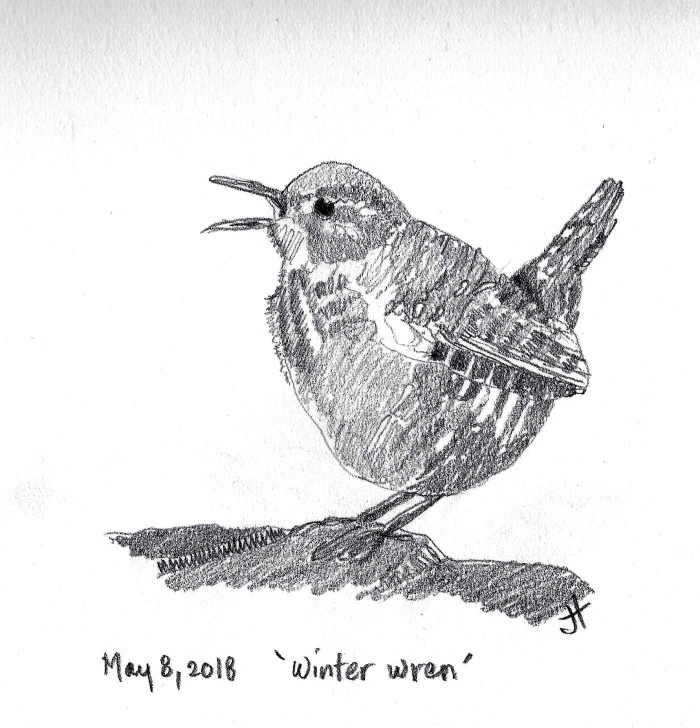
~
~
Winter Wren
Troglodytes hiemalis
~
How to find
centre of forest.
Joy the objective.
~
Tiny tail
shivers as he sings.
Delirious trill.
~
Troglodyte
darts into thickets,
creeps into crevasses.
~
Lifts an eyebrow,
joins a chime of wrens.
Elusive ripple,
~
varied trill,
incoherent whir,
tremble to warble.
~
Distinguish
the note, the half-note,
the tone, the tangle.
~
Forget where
you once were going,
indecisive
scribble bird.
~
~
All my best,
Jane
song of the Hermit thrush
Every morning I listen at my window for the morning bird chorus. This morning, my first Hermit thrush of the year! It is my favorite of the bird songs, melodic and heavenly, phrases repeated in different keys. A year ago, I heard the song and wrote the following poem. For the process I followed in writing this poem, see this.

Hermit thrush
~
Catharus guttatus
~
neither visceral nor guttural, ethereal
tip-toe in tree tops
air pulled into taffy thread
a flute in the forest
froth on a wave
~
rain trembles on leaf tips
guttation drops on strawberry
a lifted curtain of mayflower
~
I saw you there
hidden in the thicket
and I followed
~
climb the ladder and sing
then step to the rung below
heads up, thoughts of the new day
parting of the beak
pulse at the throat
hairs lift
at the nape
of the neck, fingers
warble the keys
between middle and ring
catharsis
~
~
Published at http://www.janetims.com July 1, 2016
~
Copyright Jane Tims 2016
Hermit thrush
Another surprise in the morning bird chorus — a Hermit thrush. I have been listening for it all spring and at last, this morning, the ethereal notes.
~

~
How to describe the song of the Hermit thrush? T.S. Eliot described it in The Waste Land, in V: What the Thunder Said :
… sound of water over a rock
Where the hermit-thrush sings in the pine trees
Drip drop drip drop drop drop drop …
and
… who is the third who walks always beside you …
and
… In the faint moonlight, the grass is singing
Over the tumbled graves …
~
A technical description of the Hermit thrush song is ‘a beginning note, then several descending musical phrases in a minor key, repeated at different pitches.’
~
The song is clear, flute-like. To me the essential characteristics are the change in pitch at the beginning of the new phrase and the hint of water within. If you watch the Hermit thrush while she is singing, she stands tall, tilts her head back, looks into the distance with her bright black eye, lifts her feathers ever so slightly and opens her beak. Her throat swells a little but otherwise you are left to wonder, where do those notes begin?
~
If her song was another sound, it would be a flute in the forest.
If it was a smell, it would be the sweet scent of mayflowers, as you part the leaves with the back of your hand.
If it was a touch, it would be lifted hairs at the back of your neck.
If it was a taste, it would be syrup drizzled over iced milk.
If it was an image, it would be guttation drops on strawberries.
~

~
What other words describe the song of the Hermit thrush?
clear
precise
covert
alone
sweet
tremolo
pure
hidden
pensive
thoughtful
thicket
froth on a dancing wave
raindrops trembling on the tips of leaves
the step from rung to rung on a ladder
~
If it was a vowel, it would be every vowel
If it was a consonant, it would be ‘c’, ‘l’, ‘r’, or ‘v’
~
~
Hermit thrush
~
Catharus guttatus
~
neither visceral nor guttural, ethereal
tip-toe in tree tops
air pulled into taffy thread
a flute in the forest
froth on a wave
~
rain trembles on leaf tips
guttation drops on strawberry
a lifted curtain of mayflower
~
I saw you there
hidden in the thicket
and I followed
~
climb the ladder and sing
then step to the rung below
heads up, thoughts of the new day
parting of the beak
pulse at the throat
hairs lift
at the nape
of the neck, fingers
warble the keys
between middle and ring
catharsis
~
~
Copyright 2016 Jane Tims
Mourning dove
I woke this morning to another new bird in the mix of the morning bird chorus — a Mourning dove. In this area, the Mourning dove is a common bird, seen pecking at seeds beneath feeders or hanging out on the telephone lines. But I haven’t heard one in our grey woods for a while.
~

~
The call of the Mourning dove gives it its name. It begins with a low question and continues in a descending series of coos.
Oh no, no, no, no, no
Dear me, me, me, me, me, me
I decided to try and capture this sound in words.
~
Mourning
Melancholy
Monotonous
Sad
Solemn
Hollow, mellow
A reed, the inside walls of a bottle
An emerald bottle, buried to its neck in the sand
Breath across the mouth of a bottle
A child’s feeble attempt at a whistle
Light and shadow inside a vessel of glass
~
If the call of a mourning dove were a colour it would be amethyst
If the call of a mourning dove were a sound it would be wind blowing down the stairway of a tower
If the call of a mourning dove were a taste it would be chowder, thick and left too long on the fire
If the call of a mourning dove were a touch it would be a wooden shawl, wrapped round and round until it was no longer warm but strangling
If the call of a mourning dove were a song it would be hesitant, riff-driven, repeated over and over
If the call of a mourning dove were a smell it would be the cloying perfume of lilac
~
If it was a vowel, it would be ‘o’ or ‘u’ and sometimes ‘y’
If it was a consonant, it would be ‘m’, ‘n’, ‘r’, or ‘w’
~
Heavy or light
Loud or soft
Tall or short
Sad or happy
Bright or dull
Sharp or dull
Nearby or distant
Solemn or joyous
Spacious or confined
~
So, from all this, a poem. This is the second draft of a poem about the mourning dove which never mentions the bird except in the title.
~
Mourning dove
~
Zenaida macroura
~
wind wakens, descends the stair
notices shadow, gaps in cladding
the hollow of the tower, breath
across the mouth of a bottle
amethyst, buried in sand
~
the reed widened, a solemn song
the riff, the echo, a distant train
expands across the valley
and a child hollows her hand
shapes her lips for a kiss
~
tries to whistle, her breath
a sigh, a puff to cool
the chowder, still simmers
on the fire, thick
and needing stirring
~
potatoes, corn and onions
curdled cream, a woollen shawl wrapped
round and round, warmth tightened
to struggle, viscous as lilac
unable to breathe
~
~
For other posts and poems about the Mourning dove, see https://janetims.com/2012/01/16/keeping-warm/ and https://janetims.com/2015/01/30/for-the-birds/
~
Copyright 2016 Jane Tims
morning chorus
This morning it began at 5:02. First the relentless delirious Robin.
Cheerio, Cheerie, Cheer-up … Robin
Oh dear Canada, Canada, Canada … White throated sparrow
Whee, whee, whee, wheezie … Black-throated green warbler
Ah-ah-rooo … Local rooster
Teacher, teacher, teacher … Ovenbird
Tweet-terreet-terreet-tereee … Goldfinch
All happy to greet the day.
Now 5:42
~

November 3, 2015 ‘morning fire’ Jane Tims
songs in the grey woods – ovenbird, over and over
This week we had a meeting of our writing group Fictional Friends. We are trying something new – dedicating our whole meeting to one person’s writing. The writer ‘in the spotlight’ talks about writing goals and the problems they encounter. Then they describe their current project, giving a synopsis. They read and the group provides constructive comments. We found this first session helpful for everyone present and we plan another session, with a focus on another writer’s work. I think each member of the group learned something applicable to his or her own writing.
~
This session was held at my house. I left the back screen open, to let in some air. More than air comes in – at a meeting last month, the sound of our next door neighbour’s rooster crowing provided a backdrop to some reading about rural themes. At this week’s meeting, an Ovenbird decided to start singing in the woods behind our house. ‘Teacher, teacher, teacher’ he said, over and over. Perhaps he was making a commentary on our particular way of learning.
~
The Ovenbird is a large warbler, olive-brown. He reminds me of a thrust because of his streaked white breast. He has an orange crest, a white ring around each eye, a white throat and a dark line below his cheek. My drawing is from a photo by Ann Gardner, used with permission. http://www.anngardnerphotography.com/
~

~
Do you belong to a writing group? What methods does your group use to help one another?
~
Copyright 2016 Jane Tims
songs in the grey woods – northern parula
A friend, a knowledgeable wetland biologist, has been helping me learn some new bird songs. Last week, I identified the song of the Northern Parula. This is a bird I have never seen, though I scan those tree tops with the binoculars until my arms ache. I have heard its song so many times and always wondered what it was. The song is a long whirrrrr, flowed by a short, upward flip. Whirrrr -flip. Whirrrr- flip. This morning it was the first song of the morning bird chorus!
~

~
It drives me crazy to hear him sing, be able to find the tree he is perched in, but not see him. My painting is how I think he must look, based on descriptions on the net.
The Parula is a blue-grey bird with a yellow throat, and a yellow and white breast. He has a white crescent above and below his eye and two white wing bars. A bright and beautiful bird! He has an association with a lichen I love, Usnea subfloridana, Old Man’s Beard. He uses the lichen to build his hanging nest.
~

Usnea subfloridana on the snow – usually found hanging in our maple, spruce and fir trees
~
Copyright 2016 Jane Tims
songs in the grey woods – ovenbird
He can be a bit monotonous. A bit of a scold. He reminds me of a rusty hinge. He says teacher-teacher-teacher, repeating his song through the woodland. He is the Ovenbird.
~
His scientific name is Seiurus aurocapilla. Seiurus (which I remember as ‘serious’) is from the Greek meaning ‘tail shake’, a reference to the characteristic upward flip of his tail. The name aurocapilla means golden-haired referring to his crest of orangy feathers. The Ovenbird is olive-brown, with a streaked white breast. He has a white ring around his eye, a white throat and a dark line below his cheek. He looks a bit like a thrush, but is a large warbler.
~
His serious nature and his call of ‘teacher, teacher, teacher’ make me think I’ll include a poem about his ways in my project about one room school houses in New Brunswick. This is how my poems usually begin, with a whisper from nature.
~

~
Copyright 2016 Jane Tims



